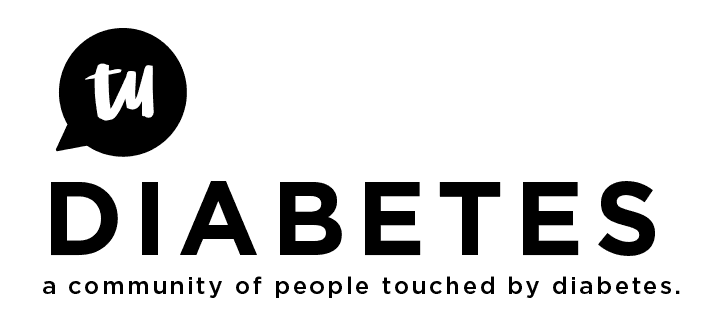Oh yeah. That’s a problem in the UK as well. I remember back in 1993 or maybe 1994 when I moved from Bedford to St Neots it took a whole 3 months for my new GP to get the records!
The damn system was meant to be computerized by then but was it? Nope. There were a bunch of boring old doctors writing everything down in their incorrigible handwriting and when they saw a computer they went full pants brown stuff.
That was, of course, before devolution so I guess the NHS is now split into four parts. I don’t know; I left the UK, permanently, in 1992 and I came to the land of the free. The US.
My medical records are now owned by a private corporation. It isn’t that bad! Come on; there are only two of them and they have some kind of arrangement with big mac cups and string and lots of money that allows them to communicate.
More to the point I came to this country with my medical records, carefully provided by Dr Henderson from Hinchinbrook; a T1D himself. It included various 35mm negatives of the back of my eyeballs. Lost to history, or, more accurately, lost.
The only doctor I had complete trust in here wrote everything down in incorrigible handwriting; I know that because when he retired the NP who took over asserted that fact. I remember those records, reams of paper stacked up, well organized, on the walls of his surgery. He had his reasons for being here, as do I.
What I liked about him was that he never suggested that I should stop doing those things that are very dangerous to my health: scuba diving, skiing, living where I live, not talking to people, chopping down trees, operating heavy machinery.
He did say he was going to kick me out unless I fixed my HbA1c, so I tried. Statins, nope.

